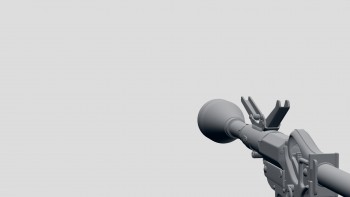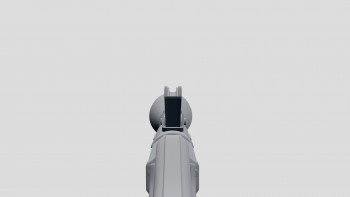Aiming system is very much connected with the game mechanics. Largely the effortlessness of aiming results in a player being eager to use the weapon or not.
While playing targets often change their positions. Player needs to observe the battlefield and, depending on the target’s position, change the weapon’s position.
When too big part of the battlefield is covered, a player has problem to determine the enemy position, especially when entering space covered by aiming devices (dead space).
![Gearbox Software. <b>Borderlands 2</b> [PC]. 2K Games, 2012](http://piratportfolio.com/fpp_eng/wp-content/uploads/2015/08/4.2.A_II1-1024x576.jpg)
For example:
We want this weapon to be powerful but aiming needs to be difficult.
or
Shooting from this weapon should be pleasant and easy and so on…
The less onerous aiming system the greatest pleasure it gives.
Majority of the aiming methods in games (looking from the visual point of view) is based on three schemes:
- open (e.g. sight) – almost all area of the battlefield is visible,
- half-full (e.g. collimator) – substantial part of the battlefield is visible but part is covered by the scopes,
- full (e.g. scope) – only a part of the battlefield is visible, the rest cannot be seen by a player.
![Reto-Moto. <b>Heroes & Generals</b> [PC]. Reto-Moto, 2014, <i>source: http://imgur.com/5tCPYaA</i>](http://piratportfolio.com/fpp_eng/wp-content/uploads/2015/08/4.2.B_II1-1024x576.jpg)
![Treyarch. <b>Call of Duty: Black Ops II</b> [PC]. Activision, 2012, <i>source: http://lparchive.org/Call-of-Duty-Black-Ops-II/Update%2007/</i>](http://piratportfolio.com/fpp_eng/wp-content/uploads/2015/08/4.2.B_I-1024x576.jpg)
![Ubisoft Montreal. <b>Far Cry 3</b> [PC]. Ubisoft, 2012, <i>source: http://www.imfdb.org/wiki/Far_Cry_3</i>](http://piratportfolio.com/fpp_eng/wp-content/uploads/2015/08/4.2.B_III-1024x576.jpg)

